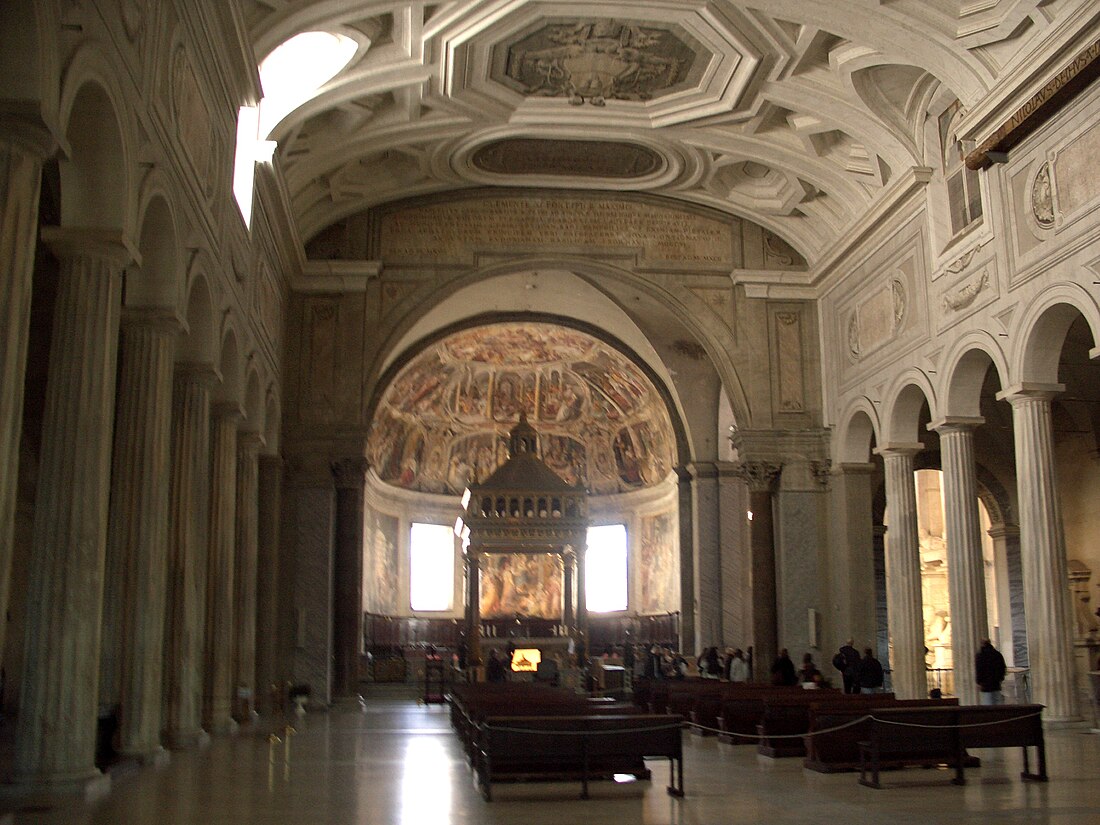Top Qs
Timeline
Chat
Perspective
List of papal conclaves
From Wikipedia, the free encyclopedia
Remove ads
Papal elections since 1276 have taken the form of conclaves, which are elections that follow a set of rules and procedures developed in In nomine Domini (1059), Ubi periculum (1274) and later papal bulls; observance of the conclave varied until 1294, but all papal elections since have followed relatively similar conclave procedures.[1]

Although the cardinals have historically gathered at a handful of other locations within Rome and beyond, only five elections since 1455 have been held outside the Apostolic Palace.[2] Twenty-eight papal elections have been held outside Rome, in: Terracina (1088), Cluny (1119), Velletri (1181), Verona (1185), Ferrara (October 1187), Pisa (December 1187), Perugia (1216, 1264–1265, 1285, 1292–1294, 1304–1305), Anagni (1243), Naples (1254, 1294), Viterbo (1261, 1268–1271, July 1276, August–September 1276, 1277, 1281–1282), Arezzo (January 1276), Carpentras/Lyon (1314–1316), Avignon (1334, 1342, 1352, 1362, 1370), Konstanz (1417) and Venice (1799–1800). Three elections moved between locations while in progress: the elections of 1268–1271, 1292–1294, and 1314–1316.
Remove ads
Papal elections
Summarize
Perspective
- Elections that elected papal claimants currently regarded by the Catholic Church as antipopes are italicized.


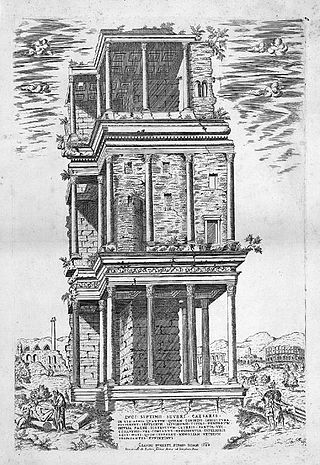
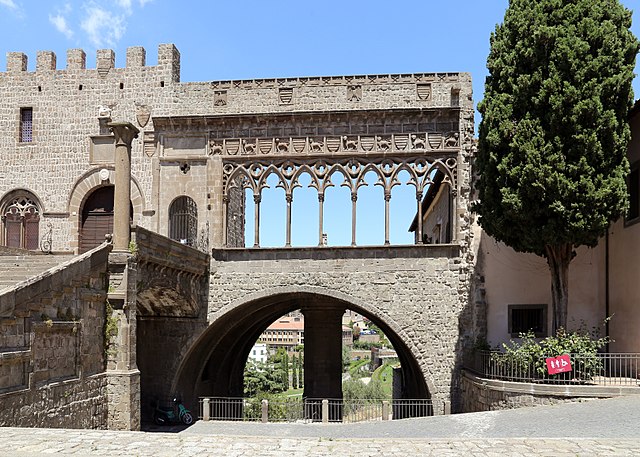
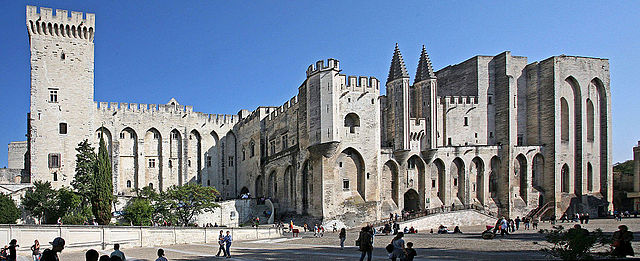

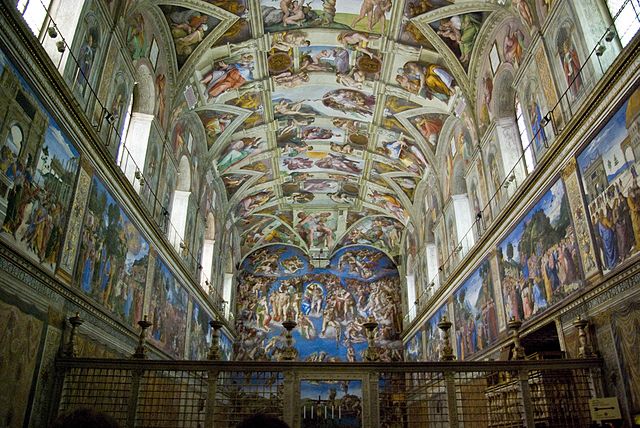
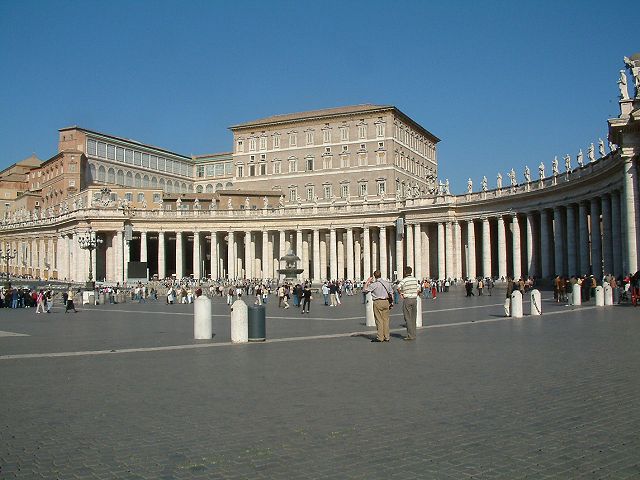


Remove ads
See also
Notes
- In the early days of the College of Cardinals, a total of seven cardinal-bishop positions existed, assuming all positions are filled at the time of an election, this represents the maximum number of potential electors. (Baumgartner, p. 27) By 1150, two of these posts had been combined, and until 1913 there were a total of 6 cardinal-bishops.
- According to the official protocol, Gregory was selected by an assembly in St. Peter that included cardinals and priests of the church, with the consent of attending bishops and by the acclamation of the crowd. It is unclear if the new 1059 rules were followed during his election. (Baumgartner p.24)
- Gelasius II was accompanied by 4 cardinal-bishops to France, where Gelasius died. The 4 cardinals elected his chosen successor. This marks the first election and coronation of a pope far away from Rome, and confirms the 1059 provision that a small number of cardinals could elect a pope under special circumstances.
- Following the death of Callixtus, the Pierleoni and Frangipani families fought over the papal election. The cardinals initially elected Celestine II (not to be confused with the later pope Celestine II), but under duress by the Frangipani renounced his election, and the Frangipani-supported Honorius II was chosen by acclaim. Honoris then renounced this irregular acclamation, and was elected using the proper procedure the next day, after the remaining electors had been either bought off or threatened by Frangipani forces.
- Anacletus was chosen by a majority of the 41 cardinals opposed to Haimeric. This marks a departure from the previous election under the 1059 rules, in which only the cardinal-bishops were eligible to vote. Despite Anacletus' stronger support among the cardinals, he failed to be recognized by the northern European monarchs, and died before his opponent innocent. Anacletus successor Victor submitted to Innocent within a year of his election, both have since been considered antipopes.
- The first conclave following the Third Lateran Council, which declared that all cardinals, not just the 6 (previously 7) cardinal-bishops were eligible to elect the pope. This had already been the de facto practice during some conclaves of the previous decades. Because Lucius III was chosen unanimously, the new rules requiring a two-thirds majority did not come into play yet.
- Two cardinals had been captured by Emperor Frederick II. Because the electors were locked in while voting this can be considered the first conclave, though this did not become standard practice for another 3 decades. Celestine IV died 17 days into his pontificate, and the it took almost a year and a half for the cardinals to come together for the next conclave.
Remove ads
References
Literature
Wikiwand - on
Seamless Wikipedia browsing. On steroids.
Remove ads
